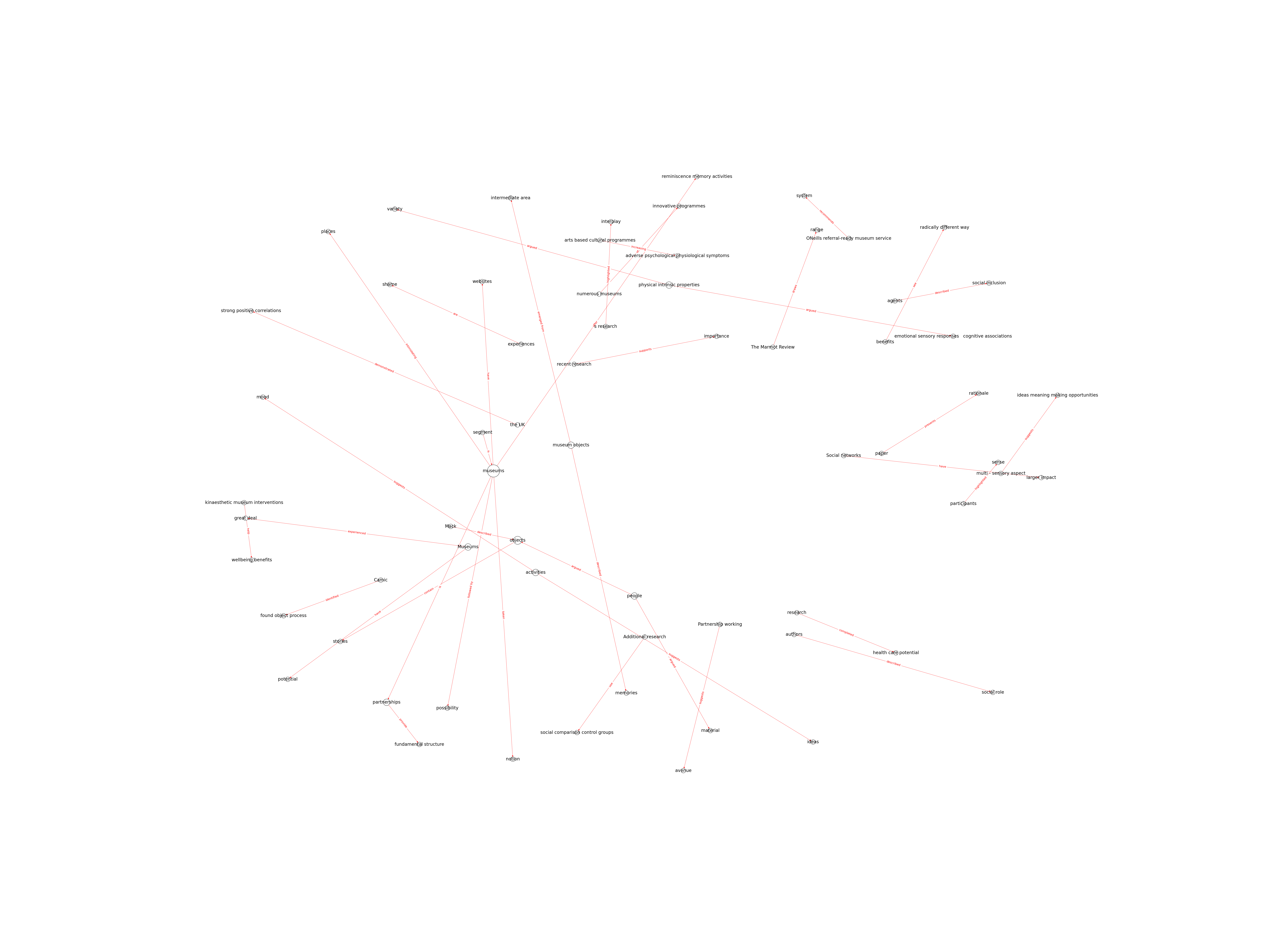| Id | 725 | |
| Author | Camic P.M., Chatterjee H.J. | |
| Title | Museums and art galleries as partners for public health interventions | |
| Reference | Camic P.M., Chatterjee H.J.; Museums and art galleries as partners for public health interventions ;Perspectives in Public Health vol:133 issue: 1 page:66.0 |
|
| Keywords | art galleries; community-based interventions; health inequalities; health promotion; museums; social inclusion; well-being |
|
| Link to article | https://www.scopus.com/inward/record.uri?eid=2-s2.0-84872334839&doi=10.1177%2f1757913912468523&partnerID=40&md5=68789025d99ad439df19da21991960be |
|
| Abstract | The majority of public health programmes are based in schools, places of employment and in community settings. Likewise, nearly all health-care interventions occur in clinics and hospitals. An underdeveloped area for public health-related planning that carries international implications is the cultural heritage sector, and specifically museums and art galleries. This paper presents a rationale for the use of museums and art galleries as sites for public health interventions and health promotion programmes through discussing the social role of these organisations in the health and well-being of the communities they serve. Recent research from several countries is reviewed and integrated into a proposed framework for future collaboration between cultural heritage, health-care and university sectors to further advance research, policy development and evidence-based practice. © Royal Society for Public Health 2013. |
|
| Metodology | Technique |

Note: Due to lack of computing power, results have been previously created and saved in database


